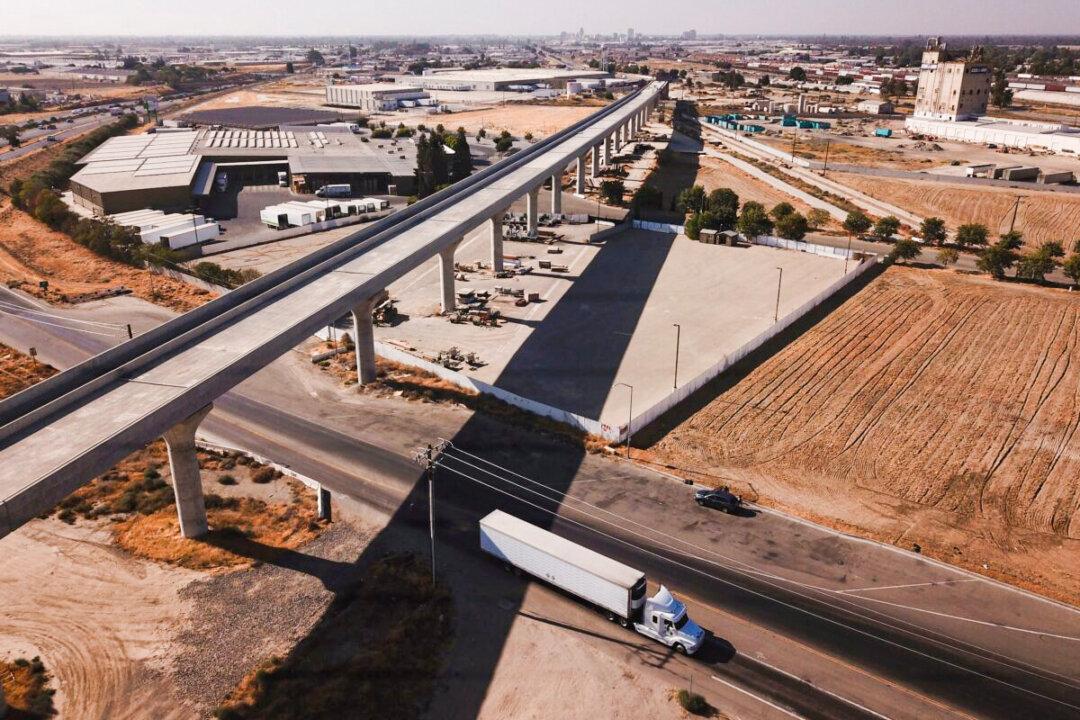Commentary
I’ll give California’s high-speed rail project one thing. For 14 years, it’s given me something to write about as an example of government waste.

I’ll give California’s high-speed rail project one thing. For 14 years, it’s given me something to write about as an example of government waste.